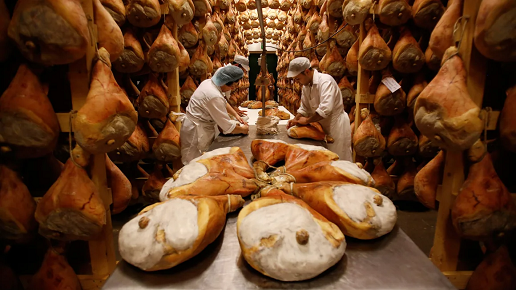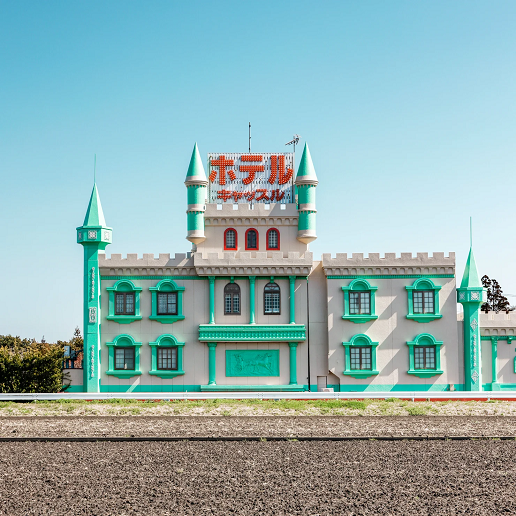[Taiwan Immigrants’ Global News Network] Nowadays, Filipinos are more excited than Chinese people to celebrate the Chinese New Year. They make light-hearted jokes for red envelopes or sweet cakes when they see Chinese. In Chinese neighborhoods, there are more Filipinos than Chinese. They burn joss incense in front of temples or crosses. Chinese immigrants traveled mil away to the Philippines, where the natives still celebrate the Spring Festival in the manner of old.
Filipinos also hang "eight circles" as part of their New Year's celebrations. The so-called "Eight Great Circles" are eight different types of round fruits that are used as decorations. Round fruits are said to signify perfection and are homophones for the word "fa(發)," which denotes prosperity. Pineapple, orange, apple, grape, mango, lemon, watermelon, and papaya consists of the "Eight Circles."
Rice cake, the sugar-drenched Filipino-inspired snake is a New Year's must-have. Sweet rice cakes are a favorite food of the Filipino people. They do, however, have a particular perspective on what rice cakes imply. Since rice cakes are extremely sticky, which signify that the family should stick together and be reunited.
In addition, in the Philippines, the dinner on New Year's Eve must be extremely bountiful. Because after dinner, the leftover food should be kept in the steamer and heated over low heat for the next day. According to some Chinese in the Philippines, cooking is not allowed on the first day of the New Year, and one must eat the "surplus" food left over from New Year's Eve, implying to have a bountiful year.

0129.jpg)





